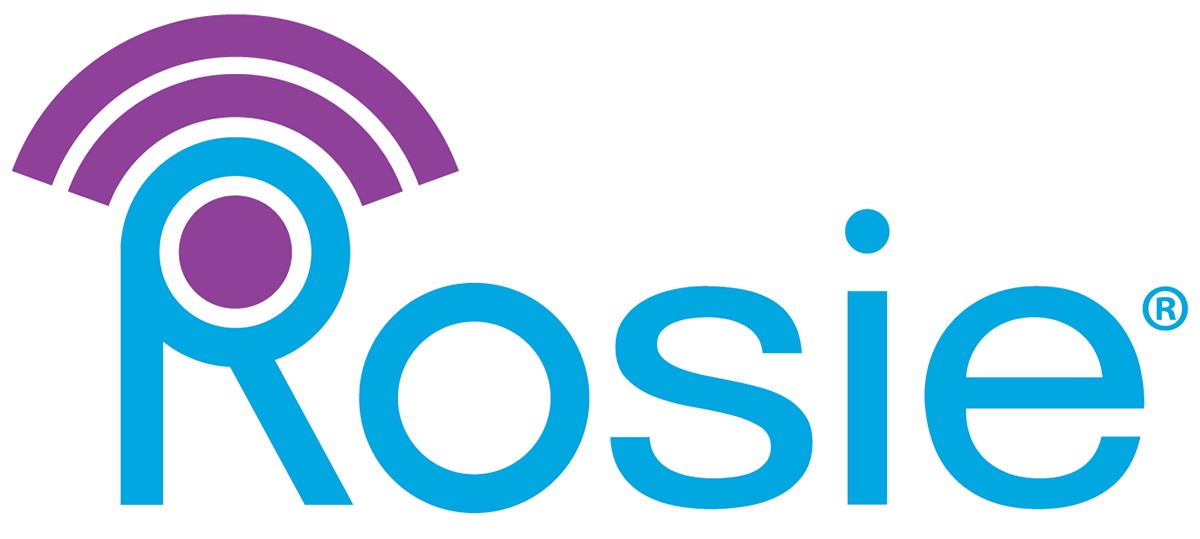6 Benefits of Connected Vitals in Healthcare
Mobile technology and healthcare are growing more and more closely entwined, especially with the high demands placed on staff in skilled nursing facilities. Many facilities are short staffed, which makes connected vitals monitoring integral to meeting the needs of residents in a timely manner.
Fortunately, modern technologies make it easier for nursing staff to serve residents, yielding many benefits for SNFs in the process.
Connected Vitals in Healthcare
Traditionally, vitals are measured using various instruments and recorded on paper documents. This often leads to problems such as transcription errors. Connected devices help solve this by immediately transmitting vital data to the resident’s EHR, which can reduce errors, prevent lost data, and streamline nursing staff workflows.
Modern nursing carts—such as Rosie’s SmartCart—make use of portable vital signs monitors and touchscreen tablets, making them a safe, reliable, and efficient way to monitor residents.
6 Ways Connected Vital Signs Monitors Help Short Staffed SNFs
Connected vital signs monitors and other devices are transforming healthcare, helping to alleviate the staffing crisis currently facing the industry. The ways they do so in SNFs include the following.
1. Improved Access to Patient Information
First, connected technology makes it easier for skilled nursing staff and remote providers to access resident information at a moment’s notice. Rather than consulting a physical paper chart—which may not even be up to date—or going to a designated computer terminal, nurses can look up patient information using portable devices.
Not only does this help your facility better serve residents, but it also allows for a more efficient (and potentially less exhausted) workforce.
2. More Efficient Workflows
Efficiency is vital in busy healthcare environments, especially when your current staff is stretched thin. While perhaps not as frenetic as ICUs, SNFs and long-term care facilities still involve heavy workloads. Mobile technology helps reduce some of that burden by streamlining various processes.
For instance, the connectivity to EHRs afforded by comprehensive mobile workstations makes data entry less onerous for staff. There’s less of it to do, and whatever data points do need to be keyed in can be done so from any device in your facility. You’re able to do more with fewer people.
This not only makes nurses’ jobs easier, but it also allows them to have more quality contact with their patients, which in turn helps residents have a more positive experience in your facility.
3. Fewer Clinical Errors
There are cost benefits as well, of course, especially when it comes to averting medical errors. Estimates indicate that medical errors cost upwards of $29 billion per year, so curbing that cost is important. Connected vitals can help in a number of ways.
By using connected devices to measure vitals, staff members don’t have to move around so much, meaning the odds of an interruption occurring are often lower. Additionally, direct connectivity to EHRs further decreases the odds of mistakes by limiting exposure to human error.
4. Improved Data Security
The security features common to connected devices help improve data security. Rather than keeping paper records, patient data can be encrypted behind passwords and biometric locks. These measures help make certain that only authorized nursing staff have access to sensitive patient information.
5. Diminished Legal Risk
Reduced risks of error, improved security, and improved resident experiences all lead to an overall decrease in legal risk. Portable vital signs monitors can help eliminate documentation errors by automatically updating patient EHRs while also making that information more readily accessible in the event of an emergency. With more rapid response times and fewer errors, the odds of being at the receiving end of legal action—and its associated expenses—go down.
6. Streamlined Operating Expenses
All the above benefits lead to streamlined operating expenses and increased revenue. There are fewer wasted hours, fewer documentation errors, and even lower energy costs—most mobile nursing carts are battery-operated. In addition, being short-staffed isn’t as much of a liability as it might be otherwise. All that plus improved resident experiences make connected technology a sound investment for your facility.
Implement Mobile Workstations in Your Facility
In many ways, it all comes down to making it easier for your nursing staff to do their jobs while helping them better serve residents. To learn more about the mobile technology options that can help your facility, contact Rosie today.
